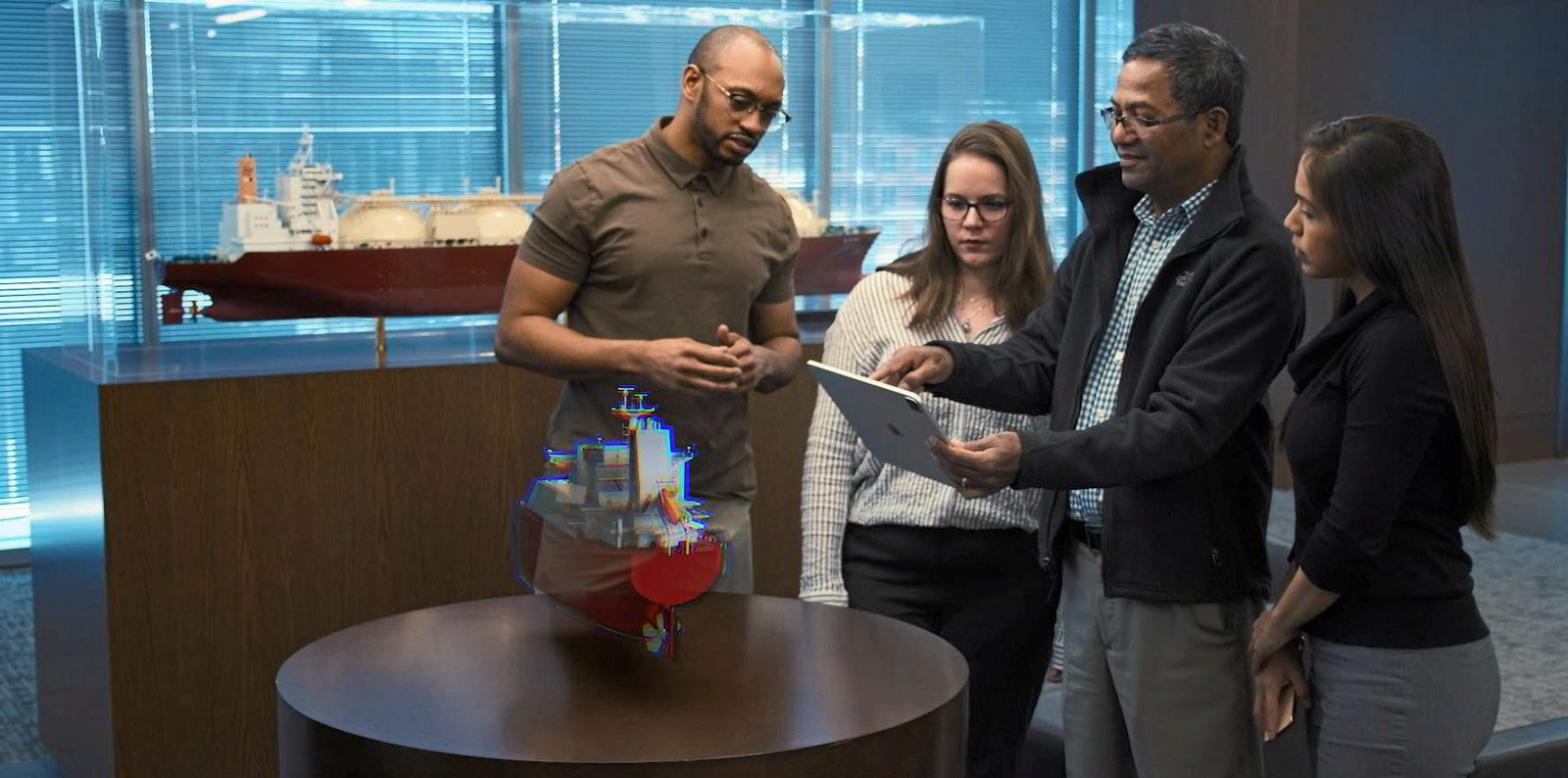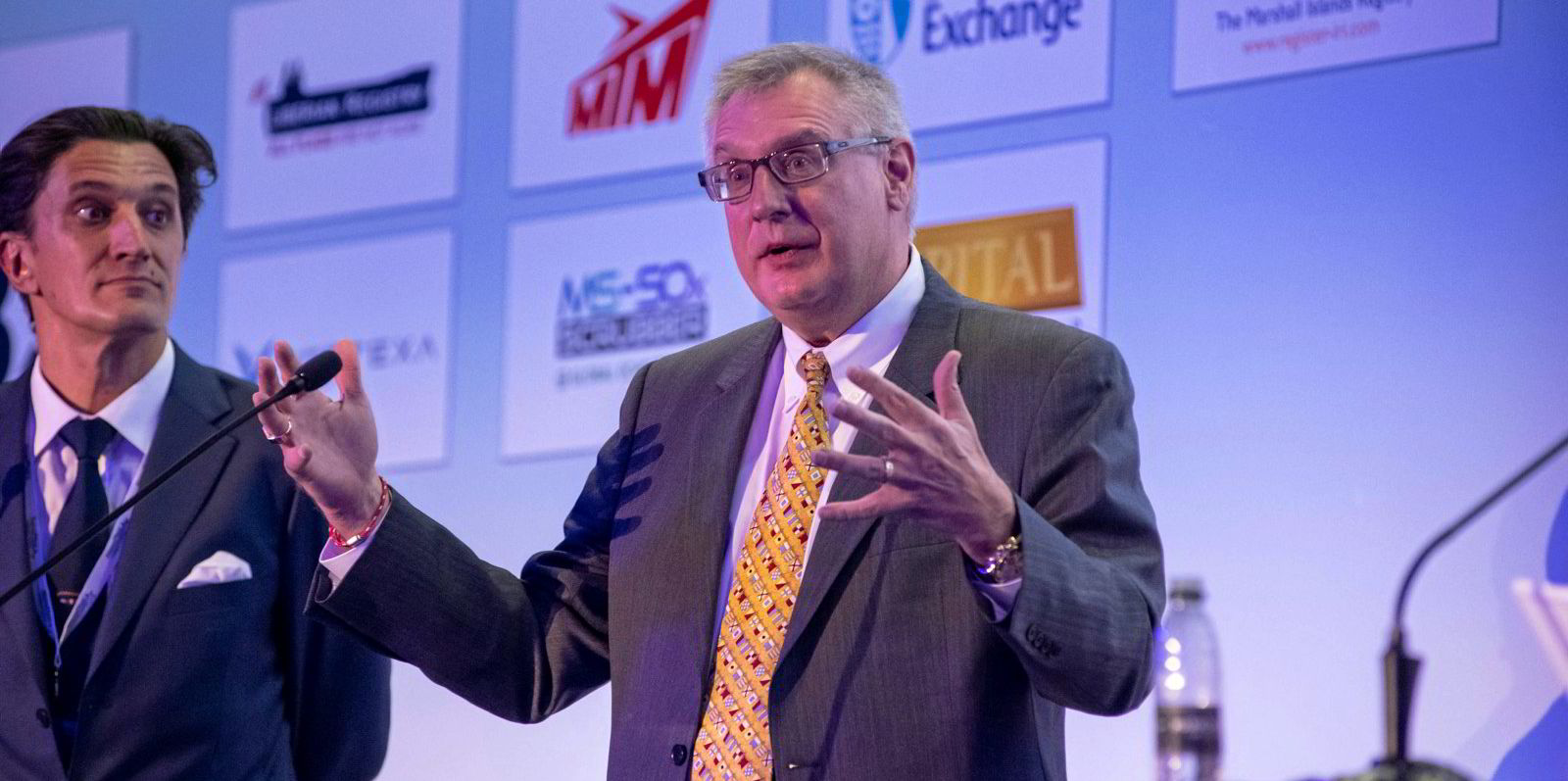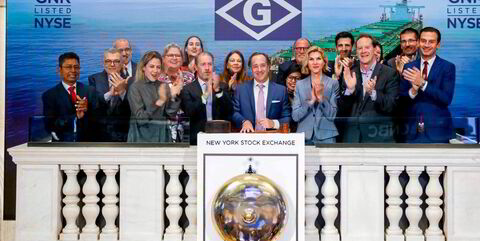The term “metaverse”, which refers to a digital network that uses virtual reality, has become such a buzzword that it came in second place when dictionary maker Oxford University Press decided its word of the year.
So important are its prospects in social media and gaming that the company that created Facebook rebranded itself as Meta.
Yet a search of the TradeWinds archive shows the metaverse has never been mentioned once in our pages.
Is that an indication that the metaverse has no place in shipping?
Not according to classification society ABS, which has identified virtual reality and other advanced visualisation technology as a key strand of potential development in a report laying out the future possibilities for maritime technology. The report also delves into artificial intelligence, automation, carbon capture and electrification.
The Houston-based firm said new visualisation technologies such as augmented reality and mixed reality are no longer limited to the realm of video games.
In maritime, ABS believes they have the potential to play a key role in training and inspection, in addition to aiding the development of remote operations of vessels or autonomous shipping.
Patrick Ryan, the classification society’s senior vice president of global engineering and technology who previously was involved in developing augmented reality technology at Newport News Shipbuilding, said he believes the first opportunity for new visualisation technology applications in maritime is in training.
Virtual collaboration
He said the pandemic taught people that much work can be done without travelling, but also that there is value in collaborating with people around the world visually, rather than by phone or email.
“And that certainly extends to interacting with not just people in a call, but machinery and systems and vessels and offshore equipment, and how they work and how they operate,” he said.

“I think the opportunity to give people a really wonderful training experience will manifest itself with the metaverse, with this immersive virtual reality technology.”
ABS said mixed reality, which blends real-world and virtual environments, could support training by providing interactive experiences where there is limited or no access to the real thing.
Or mixed reality could be used in training for dangerous situations on board an offshore unit or vessel, which could produce a fire or catastrophic component failure in a way that does not impact actual onboard operations.
In its report, ABS also envisioned a digital twin metaverse, in which virtual representations of various ships are connected with artificial intelligence and advanced simulators to optimise decision-making.
Those who enter the digital twin metaverse will be immersed in that digital representation through augmented reality, virtual reality or mixed reality.
Haptic feedback technology, which provides the sense of touch and feel in the digital environment, can further enhance the experience for training and remote operation, according to the ABS report.
3D design
The maritime sector is already using advanced visualisation technology. Designing vessels in 3D is gaining ground, for example.
Furthermore, ABS said the need to carry out work remotely, like surveys by classification societies, during the Covid-19 pandemic changed the way the maritime sector thinks about performing and visualising tasks.
Virtual reality (VR): A computer-generated environment providing the user with a 3D simulated experiance.
Augmented reality (AR): An interactive environment in which digital graphics are superimposed over real-world imagery.
Mixed reality (MR): A 3D environment that blends digital and real-world images in an immersive way.
Metaverse: A network in which users interact in a virtual reality environment.
Haptic feedback: Technology that provides a sense of feel in an advanced visualisation through vibration and motion.
Digital twin: A virtual representation or digital counterpart of a physical
object or system, like a
ship, that can be used to
aid testing, maintenance, simulation and other
purposes.
ABS said advanced visualisation could be combined with other technologies to provide a look at systems that cannot be seen otherwise, such as the inner workings of a pump, which could aid condition-based maintenance.
And visualisation technology could be key to autonomous and remote-controlled systems, allowing a person to manage them by virtually connecting to a digital twin.
“What is the best way to have human intervention on a vessel that may not have people aboard? I think that’s immersive,” Ryan said.
As an example, he described a hypothetical situation in which a maintenance failure or another situation takes place at sea that the ship’s computer cannot handle alone.
“How best do you interface with the vessel? Is it just with a bunch of dials and data streams and you can’t get a sense for what’s really going on?” he asked. “Or do you want to be there?”
The answer may be being there virtually, through the metaverse, though Ryan said that application may be 10 to 15 years away.
Meanwhile, in the Oxford’s word of the year competition, first place went to “goblin mode”. Whether that term will have a place in shipping may be explored in a future article, or not.





